2-Amino-2-methyl-1,3-propanediol
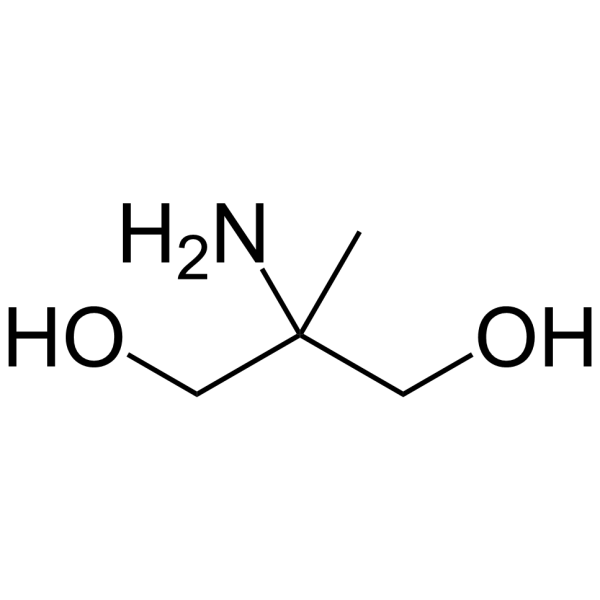
2-Amino-2-methyl-1,3-propanediol structure
|
Common Name | 2-Amino-2-methyl-1,3-propanediol | ||
|---|---|---|---|---|
| CAS Number | 115-69-5 | Molecular Weight | 105.136 | |
| Density | 1.1±0.1 g/cm3 | Boiling Point | 271.5±0.0 °C at 760 mmHg | |
| Molecular Formula | C4H11NO2 | Melting Point | 100-110 °C(lit.) | |
| MSDS | Chinese USA | Flash Point | 109.7±21.8 °C | |
| Symbol |


GHS05, GHS07 |
Signal Word | Warning | |
Use of 2-Amino-2-methyl-1,3-propanediol2-Amino-2-methyl-1,3-propanediol is a solid-solid phase change materials (PCMs). Amino-2-methyl-1,3-propanediol can be used to make surfactants, vulcanization accelerators and as a biological buffer[1]. |
| Name | 2-amino-2-methylpropane-1,3-diol |
|---|---|
| Synonym | More Synonyms |
| Description | 2-Amino-2-methyl-1,3-propanediol is a solid-solid phase change materials (PCMs). Amino-2-methyl-1,3-propanediol can be used to make surfactants, vulcanization accelerators and as a biological buffer[1]. |
|---|---|
| Related Catalog | |
| References |
| Density | 1.1±0.1 g/cm3 |
|---|---|
| Boiling Point | 271.5±0.0 °C at 760 mmHg |
| Melting Point | 100-110 °C(lit.) |
| Molecular Formula | C4H11NO2 |
| Molecular Weight | 105.136 |
| Flash Point | 109.7±21.8 °C |
| Exact Mass | 105.078979 |
| PSA | 66.48000 |
| LogP | -1.16 |
| Vapour density | 3.63 (vs air) |
| Vapour Pressure | 0.0±1.2 mmHg at 25°C |
| Index of Refraction | 1.494 |
| InChIKey | UXFQFBNBSPQBJW-UHFFFAOYSA-N |
| SMILES | CC(N)(CO)CO |
| Stability | Stable. Combustible. May be moisture-sensitive. Incompatible with strong oxidizing agents, copper, aluminium, brass, strong acids. |
| Water Solubility | 2500 g/L (20 ºC) |
CHEMICAL IDENTIFICATION
HEALTH HAZARD DATAACUTE TOXICITY DATA
|
| Symbol |


GHS05, GHS07 |
|---|---|
| Signal Word | Warning |
| Hazard Statements | H290-H315-H319-H335 |
| Precautionary Statements | P280-P304 + P340 + P312-P305 + P351 + P338-P337 + P313 |
| Personal Protective Equipment | dust mask type N95 (US);Eyeshields;Gloves |
| Hazard Codes | Xi:Irritant; |
| Risk Phrases | R36/37/38 |
| Safety Phrases | S26-S36-S37/39 |
| RIDADR | UN 3259 8/PG 2 |
| WGK Germany | 1 |
| RTECS | TY2975000 |
| Hazard Class | 8.0 |
| HS Code | 29221980 |
|
~% 
2-Amino-2-methy... CAS#:115-69-5 |
| Literature: WO2013/133925 A1, ; Paragraph 0020; 0021; 0025 ; |
|
~% 
2-Amino-2-methy... CAS#:115-69-5 |
| Literature: US2413153 , ; |
|
~93% 
2-Amino-2-methy... CAS#:115-69-5 |
| Literature: Cardillo, Giuliana; Orena, Mario; Porzi, Gianni; Sandri, Sergio Journal of the Chemical Society, Chemical Communications, 1982 , # 22 p. 1309 - 1311 |
|
~% 
2-Amino-2-methy... CAS#:115-69-5 |
| Literature: Journal of the American Chemical Society, , vol. 112, # 2 p. 779 - 786 |
| Precursor 4 | |
|---|---|
| DownStream 10 | |
| HS Code | 29221980 |
|---|
|
Immunophenotype and gene expression profile of mesenchymal stem cells derived from canine adipose tissue and bone marrow.
Vet. Immunol. Immunopathol. 161(1-2) , 21-31, (2014) Veterinary adult stem cell therapy is an emerging area of basic and clinical research. Like their human counterparts, veterinary mesenchymal stem cells (MSCs) offer many potential therapeutic benefits... |
|
|
Gliotoxin potentiates osteoblast differentiation by inhibiting nuclear factor-κB signaling.
Mol. Med. Report. 12 , 877-84, (2015) The differentiation of pluripotent mesenchymal stem cells to mature osteoblasts is crucial for the maintenance of the adult skeleton. In rheumatic arthritis, osteoblast differentiation is impaired by ... |
|
|
Final amended report on safety assessment on aminomethyl propanol and aminomethyl propanediol.
Int. J. Toxicol. 28(6 Suppl) , 141S-61S, (2009) Aminomethyl propanol and aminomethyl propanediol are substituted aliphatic alcohols that function as pH adjusters in cosmetic products at concentrations less than 10%; additionally, aminomethyl propan... |
| AMPD,Ammediol |
| 1,3-Propanediol, 2-amino-2-methyl- |
| 2-amino-2-methylpropane-1,3-diol |
| 2-Amino-2-methyl-1,3-propanediol |
| EINECS 204-100-7 |
| MFCD00004678 |

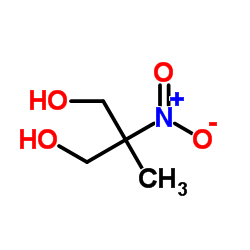




![Benzenesulfonamide,4-methyl-N-[1-methyl-2-[[(4-methylphenyl)sulfonyl]oxy]-1-[[[(4-methylphenyl)sulfonyl]oxy]methyl]ethyl]- structure](https://image.chemsrc.com/caspic/343/10405-52-4.png) CAS#:10405-52-4
CAS#:10405-52-4![1,3-Propanediol,2-[[(2-hydroxyphenyl)methylene]amino]-2-methyl- structure](https://image.chemsrc.com/caspic/120/18278-95-0.png) CAS#:18278-95-0
CAS#:18278-95-0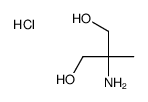 CAS#:24801-54-5
CAS#:24801-54-5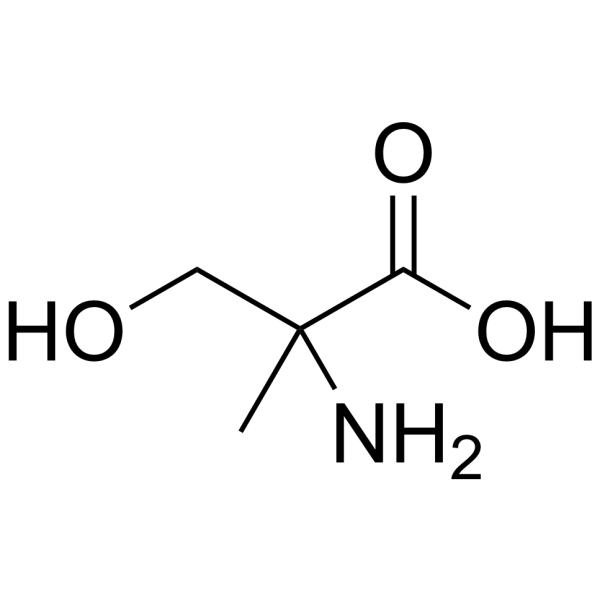 CAS#:5424-29-3
CAS#:5424-29-3 CAS#:14466-51-4
CAS#:14466-51-4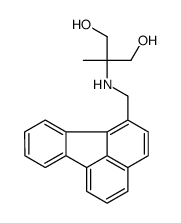 CAS#:129026-41-1
CAS#:129026-41-1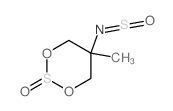 CAS#:1508-66-3
CAS#:1508-66-3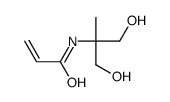 CAS#:13880-04-1
CAS#:13880-04-1 CAS#:74548-60-0
CAS#:74548-60-0 CAS#:74548-61-1
CAS#:74548-61-1
